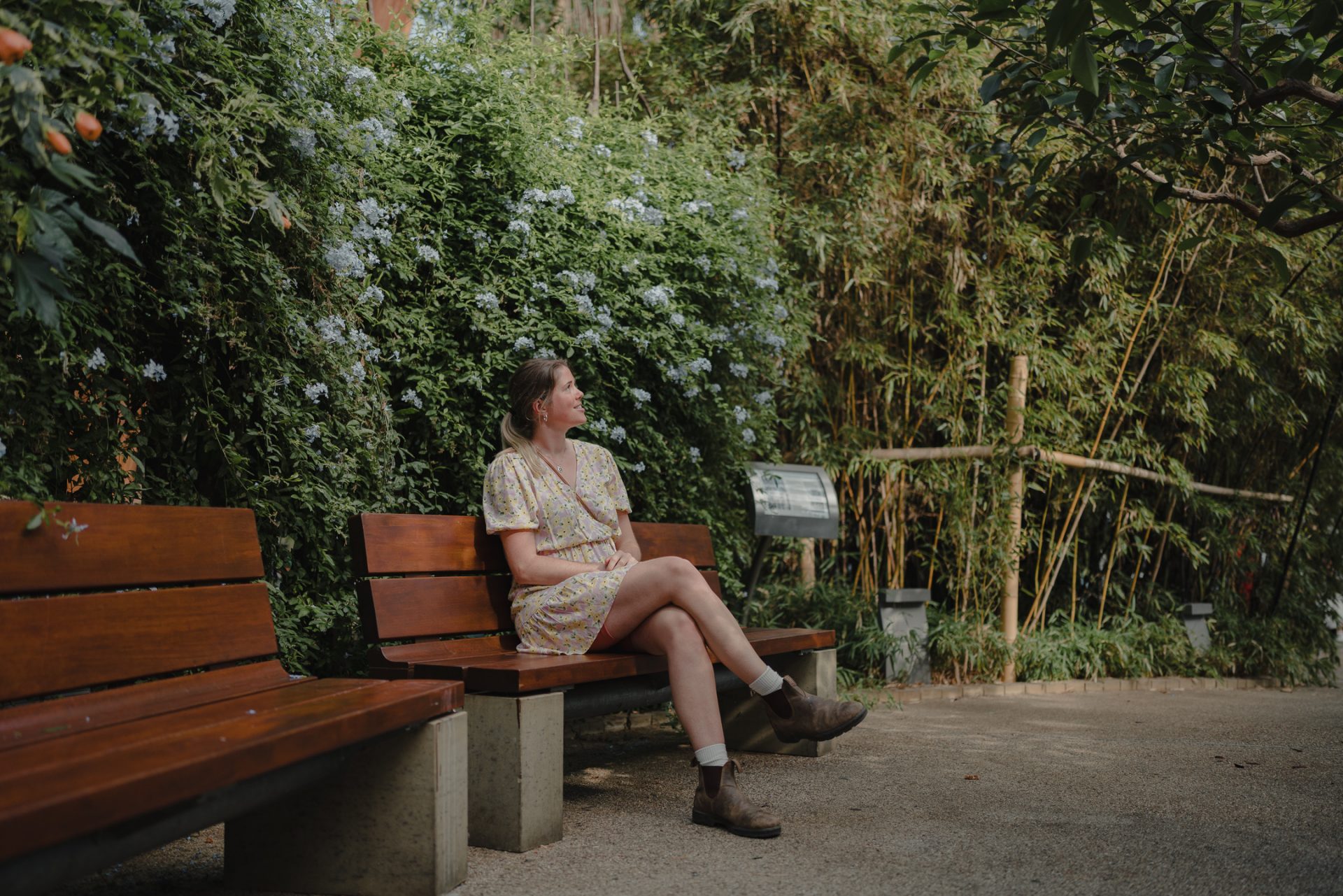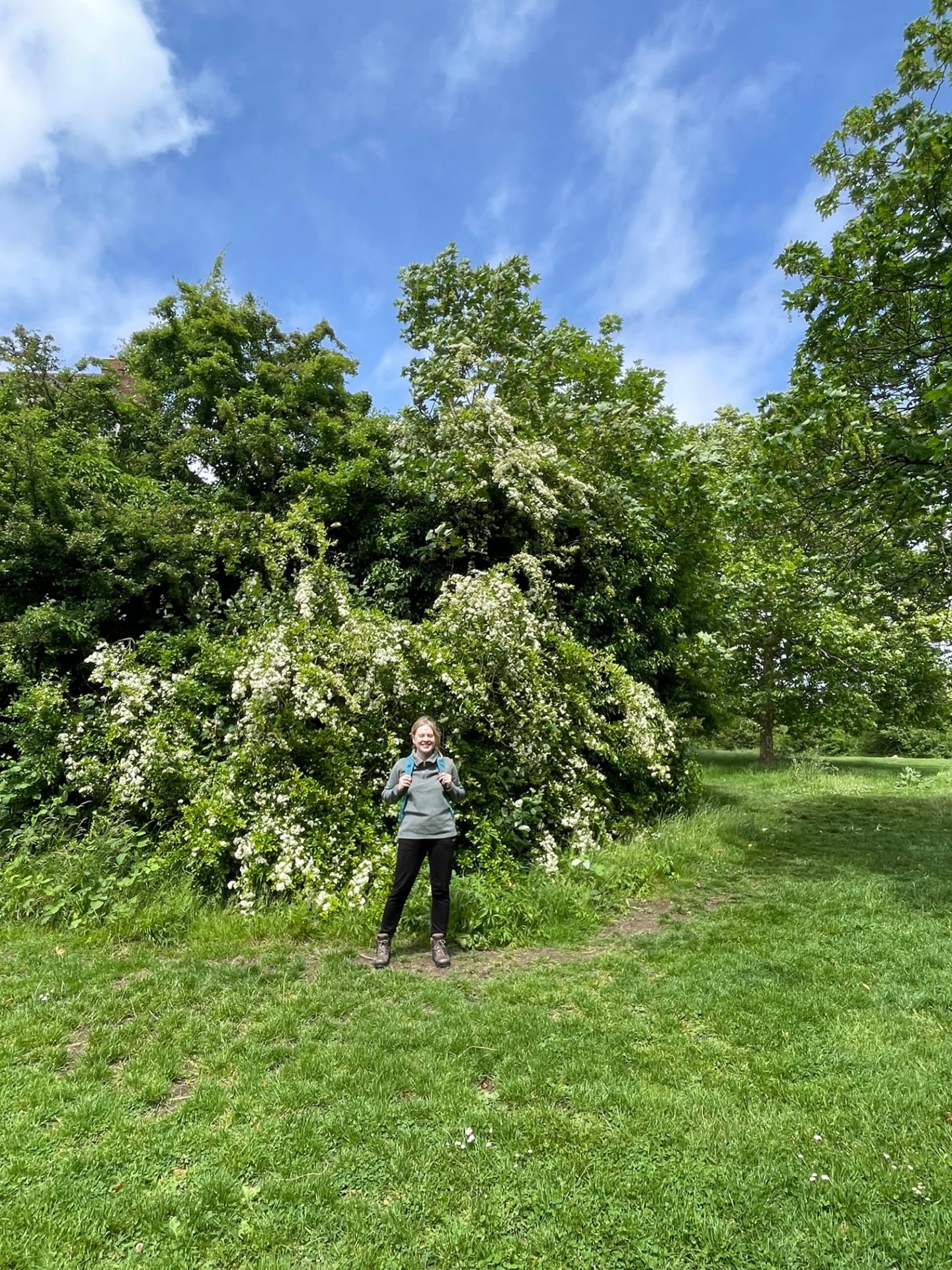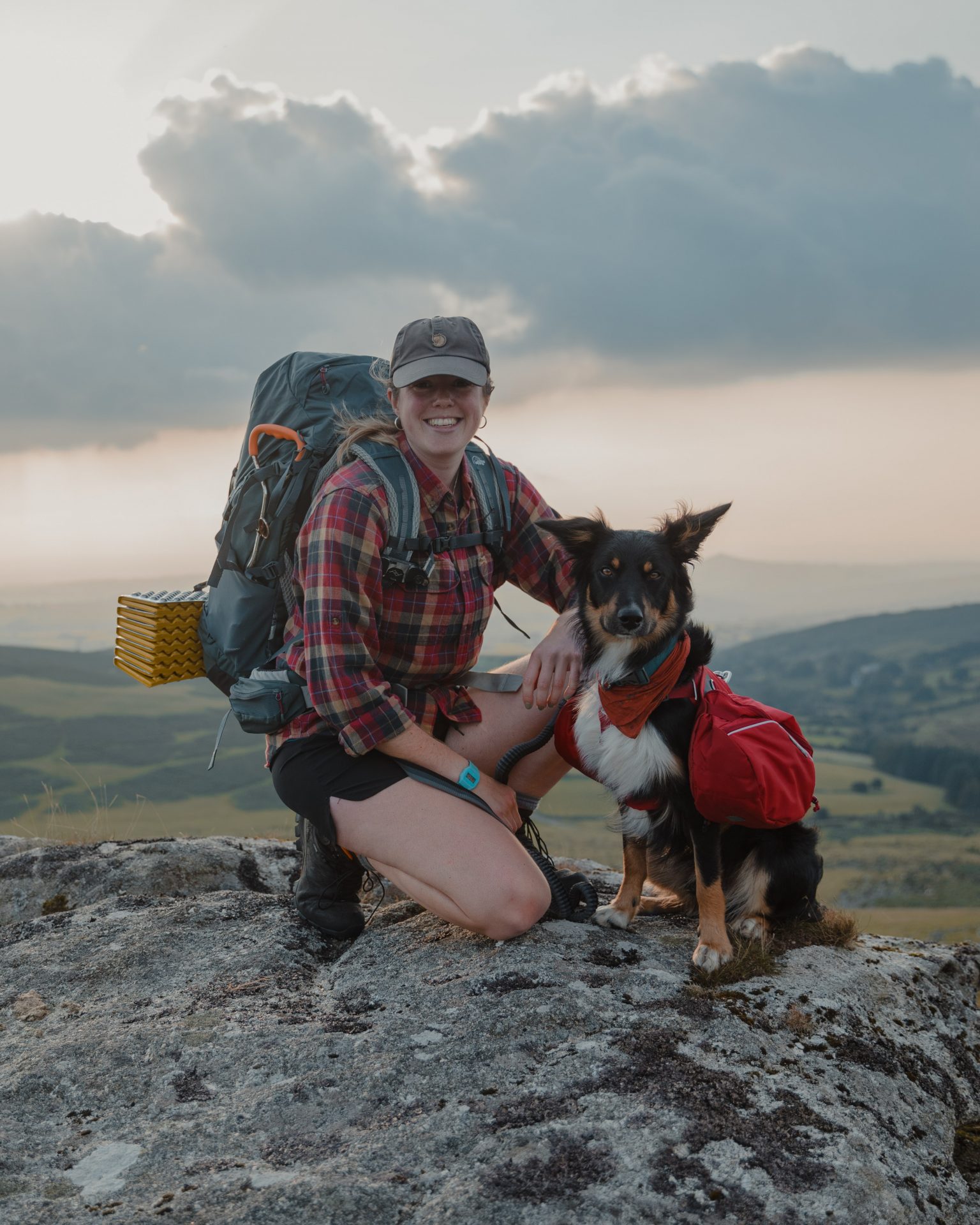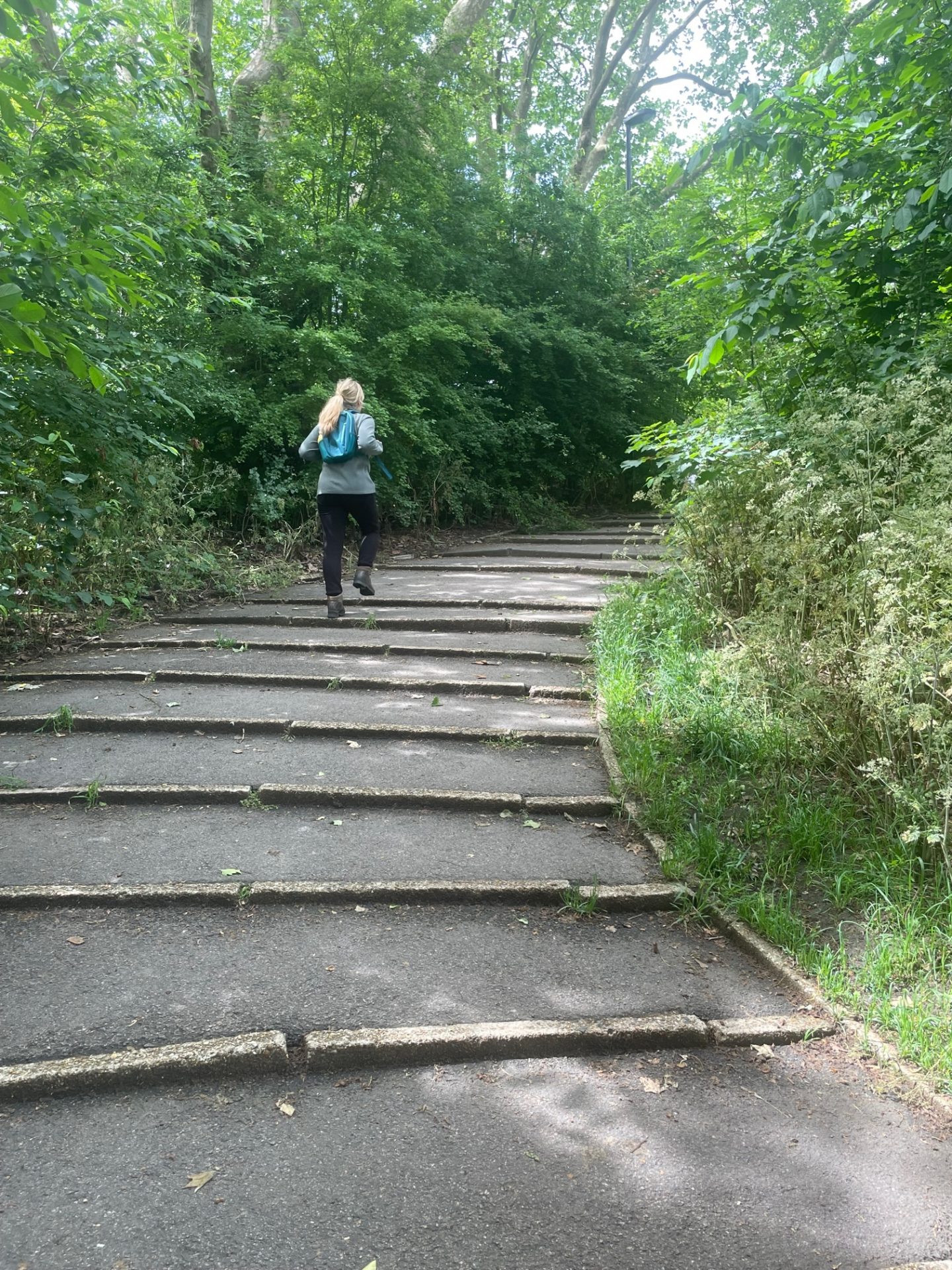
With varying terrain, inclines, natural wonders and cultural landmarks, city hiking can be just as rewarding and interesting as a countryside romp. Here’s where to get started with an urban hike.
My love affair with urban hiking began entirely by accident. A few years ago, instead of taking the bus, I decided to walk to the shops near my home in south east London and I just kept on going.
In true flaneur style, my journey took me through nooks and crannies of my city neighbourhood I’d never visited before. I discovered blue plaques, local landmarks and patches of grass and scrubland. I walked through parks, urban woodland, up hills and down winding paths. By the time I made it home, I’d walked nearly 30,000 steps.
You may also like
“Hot Girl Walk” is the latest fitness trend to take over TikTok – but does it actually work?
It made me realise that urban hiking can be just as exciting and challenging as rambling through green countryside and leafy wilderness. Just like hiking in nature, with a bit of exploration and research the city can provide different terrains, elevations and plenty of surprises. One minute you’ll be traipsing through a manicured park and the next following a natural trail through woodland, climbing steep hills or stomping through an inner-city wetland.
In fact, most cities pack in more natural landscapes than we give them credit for. Take London, for example. Yes, there may be smoggy ring roads and dual carriageways, but there are also wetlands, ancient woodland, nature reserves, marshes and scenic river walks. Thanks to the fact the capital contains more than 13,000 wildlife species and 1,572 square kilometres of green space it’s the world’s first National Park City, so there’s more scope for a ramble than you might initially think.
For me, urban hiking is an accessible way to lace up my hiking boots and experience all the benefits of walking, without having to get in a car or take a train to the nearest slice of wilderness beyond the city.
It’s a view shared by Anna Blackwell, an adventurer, filmmaker, photographer and writer, who has trekked solo 1,000km across the Arctic and Northern Scandinavia. “Walking in cities can be just as challenging and exciting as walking in the wilderness,” she tells Stylist.
“If I’m visiting a city for the first time, exploring it on foot is the best way to experience it, get to know its details and explore less touristy parts at your own pace. At the end of a day walking and exploring you’ll be tired but in a really fulfilled and satisfying way.”

My spontaneous urban foray was enough to get me hooked and now I set out on a bracing hike across the city most weekends. Here’s everything you need to know about getting started with urban hiking, including how to plan a route, what kit to bring and how to get the most out of it.
Plan your route wisely
If you want to head out on a city walk that will incorporate all the exciting terrains, elevations and surprises that you’d find in the countryside, it’s important to map out your route well.
Regatta’s online blog lists interesting urban walking routes in cities across the UK, the Woodland Trust lists sites of natural interest, while council websites or organisations like TfL are a wealth of information with maps and introductions to natural and historical sites of importance you can include on your walk.
First, decide what kind of walk you want to embark on. Do you want an inner-city route with cultural and historical landmarks to discover? Or do you want a wilder route with different terrains and more natural points of interest?
I decide to opt for the latter for my latest walk and use Google Maps’ handy ‘measure distance’ feature to plan my route. In order to incorporate some more challenging terrain, I begin at Crystal Palace Park then work my way to Sydenham Hill Wood –a wonderful urban oasis of ancient woodland full of steep inclines and rugged, muddy paths. Next, I’ll veer up to Brockwell Park in Brixton and loop back to my starting point creating a 10k circuit.
For Blackwell, planning is also key. “If I’m new to a city and want a walk that will replenish me, I’ll look at a map or use Google to look for green areas. Finding all the parks and riverside walks and plotting a route between them can create a nice relaxing walk.”

“While you’re joining up those points of greenery, look for side streets or open spaces to break up the route rather than walking along congested main roads all the time. That’s where you’ll find lovely little cafes and restaurants where you can refuel.
“Another way to plan a route is to mark out the monuments and hotspots you want to see on a map. I love using physical paper maps for this. Then work out if there’s a cohesive route to get between them. A big part of walking is seeing what crops up along the way, deviating and seeing where the day takes you.”
Get kitted up
Wearing the right kit is key even if you’re wandering along pavements and concrete.
When I set off for my walk I make sure I’m wearing breathable layers and a sturdy pair of hiking boots as I’ll be walking across unpredictable and rocky terrain. I also bring a waterproof jacket, in case the inevitable British weather kicks in, and load a small rucksack with a water bottle, some snacks, blister plasters (just in case) and other essentials like my purse.
After traversing landscapes as extreme as 4,000m-high North African mountains and frozen Arctic routes, Blackwell knows a thing or two about packing the right kit. “Having a pair of really comfy shoes is essential, especially if you’re walking on hard tarmac all day because it can be really tiring on your feet and legs,” she explains. If you’re going to be walking on tricker ground or carrying a lot of weight on your back then she suggests walking boots.

When the weather warms up, Blackwell suggests walking sandals as an alternative to heavier footwear. “I read a statistic that on average your feet sweat a cup of water in a day, which is horrifying. So if you’re exploring a hot city this summer, a pair of walking sandals are probably going to be your best bet for keeping your feet nice and comfortable.”
Blackwell suggests taking a comfy rucksack containing a water bottle and a jacket. “Be mindful of the little things that are going to improve your comfort across the day and make a more enjoyable experience,” she says. “There’s nothing worse than being stuck walking around a city wearing a pair of uncomfortable shoes and your bag is heavy and digging into your shoulders. They’re all things that can be really easily avoided.”
Go and explore
One of the beautiful things about city walking is that you can deviate off your chosen route without any of the safety concerns that might come up in a more rural setting, such as heading down an interesting side street, getting distracted by a cosy cafe or veering off-course to check out some local street art. It’s also far more difficult to get lost in a city and you’ll almost always have phone signal. So make the most of it and explore.

I like to seek out stairs and hills to vary the incline of the walk and work up a bit of a sweat or look for paths that will expand my terrain.
“One of the most rewarding bits of city walking is deviating and stumbling across something you weren’t expecting,” says Blackwell. “It’s a really lovely way to do it, for sure.”
Walk well
According to Blackwell, it’s important to pace yourself. “If you’re walking around a city, don’t rush it. You don’t have to walk really fast and get over as quickly as possible. Take your time so you can enjoy where you stop and bring plenty of snacks for your breaks to fuel up.”
Love walking? Book your Strong Women Trek ticket and join the Stylist team for a 22km hike this June.
Images: Alex Sims; Anna Blackwell
Source: Read Full Article